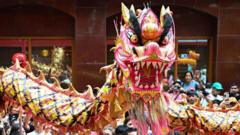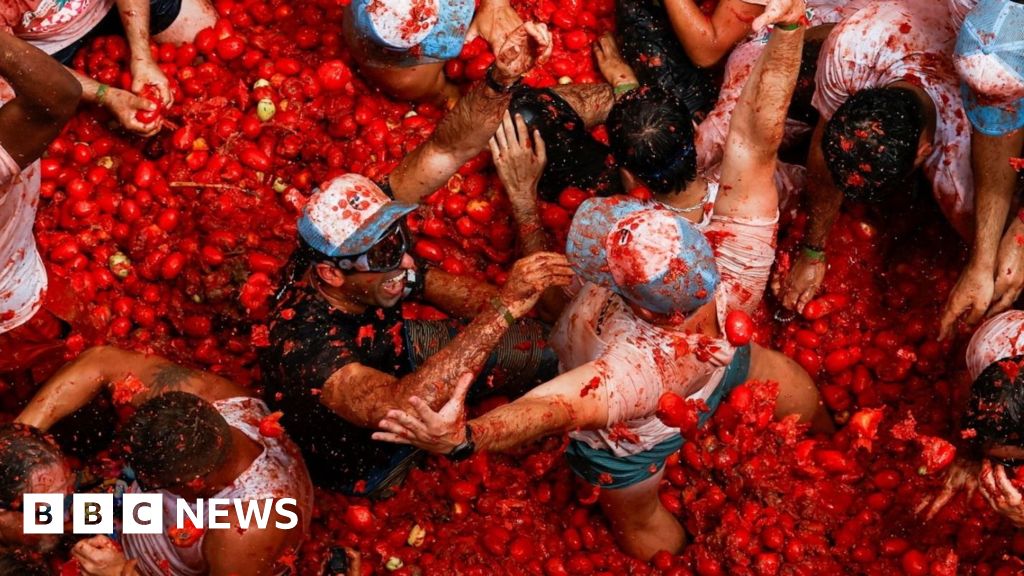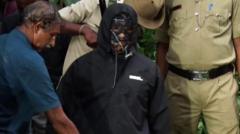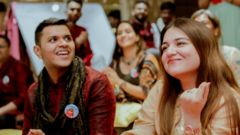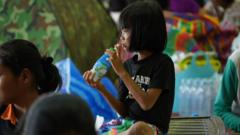In cities across Asia and around the world, millions are enthusiastically celebrating the Lunar New Year, which aligns with the first new moon of the lunar calendar. This occasion, considered the most significant celebration for various Asian cultures, symbolizes renewal and new beginnings.
Joyous festivities filled the streets, characterized by fireworks, cultural music, lively fairs, colorful lanterns, and traditional dragon and lion dances, with celebrations typically spanning up to two weeks.
In Beijing, China, performers took center stage to commemorate the launch of the Year of the Snake. Stilt walkers added a spectacular touch to parade celebrations in parks, while candles were lit with reverence at a Chinese temple in Yangon, Myanmar.
In Bangkok, a local woman offered prayers at a shrine, with many others sharing their joyous moments through photographs with family and friends. In Surabaya, Indonesia, devotees offered prayers at the Hong San Koo Tee temple, while festival-goers marveled at lion dance performances in Banda Aceh.
In Kuala Lumpur, Malaysia’s capital, worshippers gathered at the Sin Sze Si Ya Taoist temple to pray and celebrate the arrival of the new year. Meanwhile, vibrant dragon dancers paraded through Manila as the sounds of firecrackers erupted around them.
In Bandung, West Java, Indonesia, large candles were lit at Darma Ramsi Temple, marking the Lunar New Year. New York's Chinatown also embraced the cultural spirit with lion dancers performing to a crowd, while Namsangol Hanok Village in Seoul, South Korea, featured traditional performances that enthralled attendees.
In Hanoi, Vietnam, women held incense sticks, participating in the Lunar New Year celebrations known as Tet. The extensive range of ceremonial activities and cultural expressions demonstrates the rich heritage surrounding the Lunar New Year, celebrated by communities both locally and globally.

